

What a great service, wonder if we have something like this in Australia?

Do not know, if we have anyone that reads this site that knows perhaps they will tell us, but I don't think this site is very popular with the average senior Incognito.

Yes it is a shame not more people look at this topic, I love it, being an animal lover. Maybe others do look but don't comment?

The following are family loved dogs, just what the poor dogs sites above would love to have.



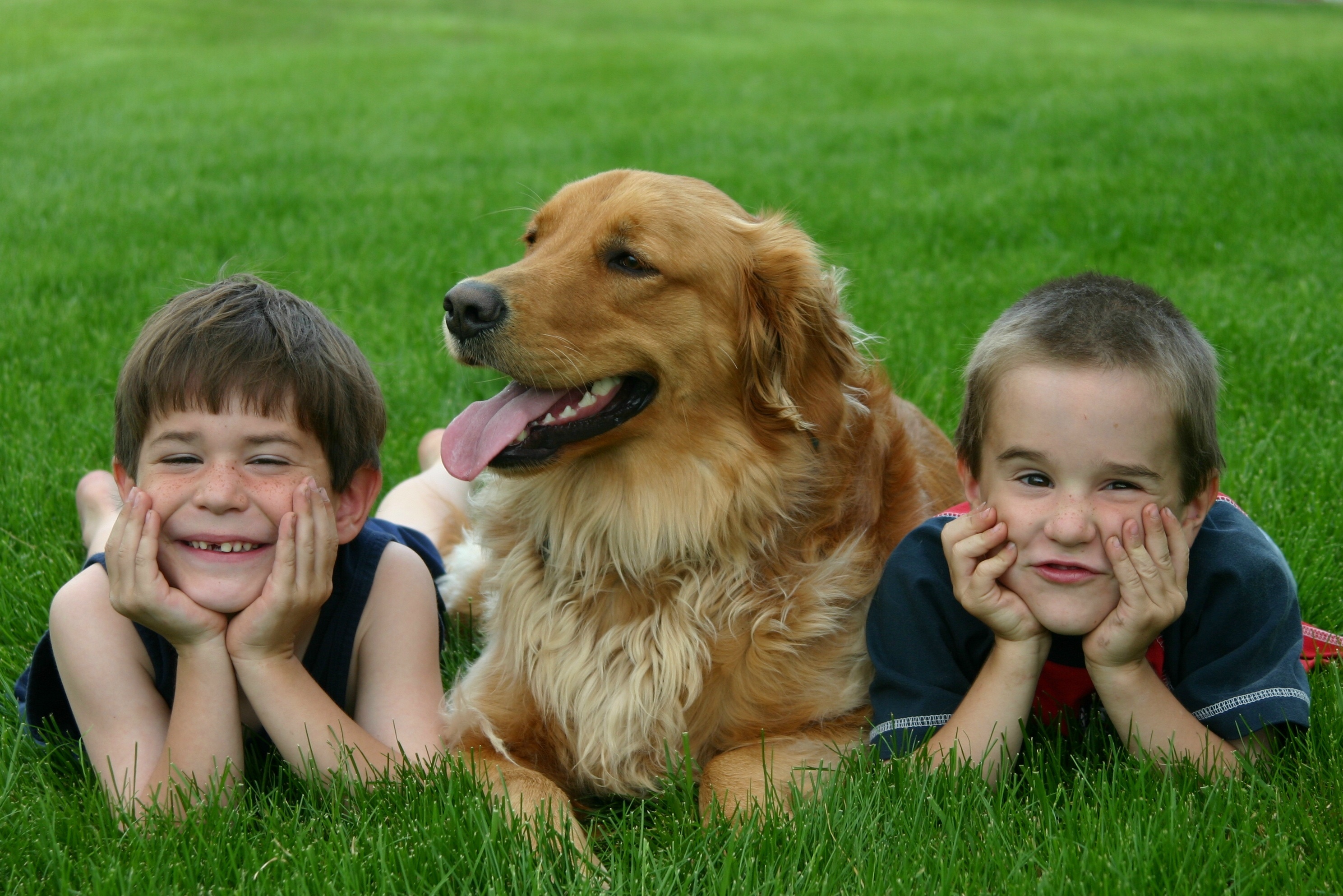






News > Tips for bringing a rescue dog into your home

14 May 2020
Tips for bringing a rescue dog into your home
In the previous two articles we have discussed how dog’s feelings about new people and situations are influenced by a range of factors including their natural preferences: their personality.
We provided tips for determining the personality traits of your ideal dog based on the activities you want to do with your new dog and your family routine.
In this article we look at tips for integrating a dog with a ‘less than perfect personality match’ into your family
So, you have decided on the timid / barking / aloof / fearful / stressed dog and you have committed to ‘making this work’. Here are some general tips for working with these types of dogs.
(Please note this is general information only, for specific assistance with behavioural problems please seek out a vet behaviourist.)
Safety and comfort
First and foremost, manage your environment (home and vehicle) to ensure you, your family, other pets, and the dog’s safety and comfort. Remember, even a seemingly timid dog, if left with no choice will bite.
Transporting the dog home
Your first consideration is how you will transport the dog to your home. Legally dogs need to be secured in a moving vehicle – how will you do this if the dog doesn’t like to be touched or have people close to them. Consider how you get the dog into your car, if lifting them is not an option and the dog has not been trained to a vehicle.
Here are some ideas:
Arrange for the existing carer to deliver the dog to your home.Arrange to do daily vehicle training sessions with the dog at the existing carer’s home or the shelter, so that the dog is accustomed to getting into your car. This training also starts your relationship building with the dog.Arrange a different type of vehicle that may “easier” for the dog to get into.For small dogs, you can crate them and lift the crate into the vehicle.Safe and sound at home
At home, establish a quiet, secure place that is just for your new dog. The objective of this place is to give the dog a “safe zone” where they can relax, observe the family and be confident they won’t be startled or approached.
This place should be away from busy passages but still close to the family. Good places may be in a quiet corner of the living room, a corner of a home office or even your bedroom. Ideally, your dog’s place should have a crate with a dark blanket over it to provide a safe den and prevent intrusion from family members or other household pets. If a crate is not an option then set up a comfortable bed with a small barrier to help the dog feel safe and secure. Ensure the dog’s place has a direct route outside for toilet breaks, so the dog can be let out with minimal handling.
When the dog is in their “safe zone”, then leave them alone to rest and watch the family routine from there. You can even feed the dog in this place initially. Respecting the dog’s place is paramount to building a trusting relationship.
Use a lead
For dogs that need space, you may consider leaving a leash attached to their collar. You can then easily pick up the leash to take the dog out to the toilet without getting “in their face”.
If you need to move the dog using the lead, then keep the lead loose. A good way of getting the dog moving is to throw a food treat on the ground away from you. (See below for treat tossing games.)
Respect the dog’s choice
Once home, allow the dog to set the pace for interactions. Remember you are trying to give the dog positive experiences with you and your family and it is the dog that decides what is positive, NOT you.
Tips for positive interactions are:
It is the dog’s choice, if and when, to initiate contact with you. Approaching the dog or rushing them contributes to the dog’s negative experience of humans.Sit or stand with your side to the dog. Avoid making direct eye contact or even facing the dog. Many dogs find this intimidating and threatening.If the dog approaches you, keep your hands still. Allow the dog to sniff you and move around you at their own speed. These initial approaches will set the scene for your relationship with the dog, so remain still, neutral and quiet.When the dog is approaching more confidently and wanting to engage you (by staying close), you can start talking to them quietly and then slowly move your hands. Avoid any sudden or fast movements and observe your dog’s reaction. They will “tell” you if you are moving too fast.Avoid reaching out to the dog or over their head (once they are comfortable with some petting). Slow touch on the chest or shoulder is less invasive. Remember if the dog moves away, that is OK, respect the dog’s choice.Look for signs that the dog is uncomfortable with the interactions. Signs include lip or nose licking, sniffing grass or something non-existent on the carpet, turning their head away, moving away, lifting a paw up, moving slowly, or freezing. If you observe any of these signs, immediately cease all interaction with the dog. Be still and quiet. In so doing, you are “telling” the dog, that you “heard” what they were saying. This simple act builds the dog’s trust in you.Avoid approaching the dog. Invite them over to you and respect their choice if they say “no”.Play, play, play
Once the dog starts engaging with you, then start introducing some fun games. Play is a great relationship builder, a great way to exercise the dog, and very relaxing for an anxious dog.
Treat toss game
A simple game you can start playing almost immediately, is the treat toss game.
For this game, take a handful of tasty treats and simply scatter them on the ground, step back and tell the dog to find them. For everyone’s safety, please ensure all other pets are put away when you are playing this game and children are not allowed near the dog while they are searching for treats.
There are several benefits to playing this game. Firstly, when dogs use their nose a relaxation response is triggered. Secondly, the dog needs to lower their head to find and eat the treats which relaxes the neck and shoulder muscles, where dogs, like us, become tense when stressed and anxious. Thirdly, you are starting to add to the dog’s positive experience around humans by associating food (good thing) with you (scary thing). Finally, this is a game you can play out on the dog’s walk to help them stay focussed on you.
Two food game
Once the dog is getting the treat toss game, you can move to the “2 food game”. For this game, you will have tasty treats in both hands. Throw one piece of food to your side and ask the dog to find it. When the dog picks up the food reward, immediately throw a treat in the other direction, so the dog is running back and forth in front of you.
When the dog is getting confident with this game, you can add some variation where you throw the treats between your legs, or you spin in a circle before throwing the treat out again.
Similar, to the treat toss game, this game is great exercise for the dog and builds your relationship. Further, once you start some basic skills training, the two food game can easily be integrated into your training sessions.
Train foundation skills
Once the dog is starting to play with you, then start training foundation skills such as teaching the dog their name, sit, drop, walking next to you (in preparation for lead walking), and coming to you.
All training sessions should be fun and fulfilling for you and your dog, so you continue to add to your dog’s “account” of positive experiences with humans.
I hope these tips help you decide if the dog with the “less than perfect” personality is the dog for you and how you can work with these types of dogs. Teamwork Dogs provides group classes for puppies, adolescents and adult dogs at several locations on the northside of Brisbane.
Sources:
Donaldson, J. (1996). Culture Clash. Dogwise Publishing.
McConnell, P. B. (2005). The Cautious canine: How to help dogs conquer their fears. Dogwise Pub.
Rugaas, T. (2005). On talking terms with dogs: Calming signals. Dogwise publishing.
Image by Sven Lachmann from Pixabay
Categories: Teamwork News
https://www.teamworkdogs.com.au/news/tips-for-bringing-a-rescue-dog-into-your-home

Wish I read this years ago when I took in a stray or two. No dogs for me at the moment due to no fences and renting.

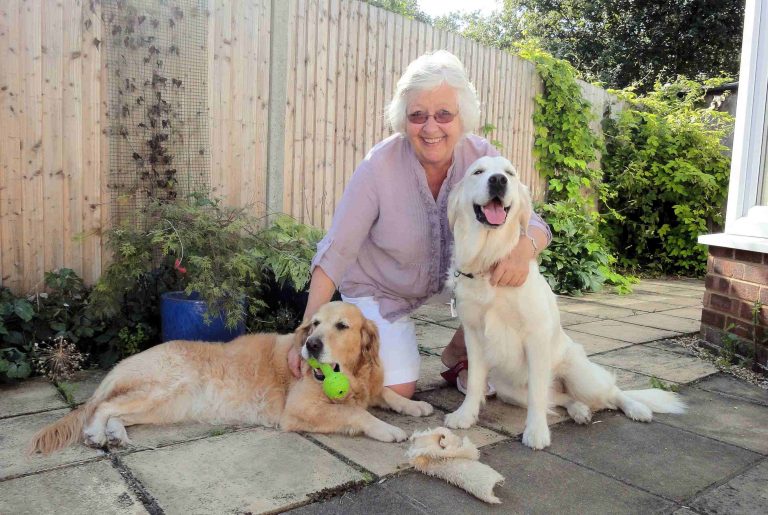

THIS NON-PROFIT IS KEEPING SENIORS AND THEIR BELOVED PETS TOGETHERTHE HUMAN AND CANINE BOND TRANSCENDS AGE, BUT HOW DO WE MANAGE WHEN THE BODY IS TOO OLD TO COOPERATE?BY JENNIFER GRANT
https://getleashedmag.com/2019/09/16/keeping-seniors-and-pets-together/

Image: BUDIMIR JEVTIC
Until death do us part. This is the silent oath we take when we adopt a dog into our lives. From the crazy puppy days to the grand adventures of adulthood, this constant friend is with is through all of the ups and downs that life tosses in our direction.
It seems like it will last forever, but the relentless creeping of time catches up. Achy joints, memory changes, tiredness, weakness – all of these nagging symptoms of an aging body can all too soon become a block for the grand adventures of yesteryear. What happens when you get too old to care for your best friend?

Image: WAVE BREAK MEDIA
Pets are good for humans – they LOWER BLOOD PRESSURE, reduce stress hormones circulating in the body, and facilitate social interactions that can become more challenging as we age. Just try walking down the street with your adorable fluffer and avoid other humans; it is an impossible task. There will always be at least one person stopping you for a pet and a chat.
The hard truth is, as we get older, we lose the humans we love and also the daily companionship of partners and friends. This increases our dependence on our canine (and feline) friends for connection. In fact, it is believed that our relationship with dogs can keep us out of care centers for longer than we would otherwise.
Image: AFRICA STUDIO
The good news is that most long term care facilities now offer options for bringing pets, although usually with size restrictions. There are many housing options that make keeping your dog doable, such as independent living apartments. Even nursing homes are now making allowances for pets. It’s an important change in our society and a recognition of just how relevant dogs are to our overall well being.

Image: AFRICA STUDIO
If you are still able to stay in your own home, there are organizations that can help with pet care. Sometimes elders simply need assistance getting their pet to the vet for check ups and vaccinations. Declining health, however, can make it challenging to manage the physical needs of a dog. This is where volunteers come in.

Image: BUDIMIR JEVTIC
A non-profit in Canada started in 2009, to “assist and support seniors with the care of their dogs so they can stay together as long as possible.” Researcher Andra Cole, Acting Co-Dean of Education and Professor of the Graduate Program in Lifelong Learning, founded the initiative, called ELDER DOG.
The foundation connects the dogs of elders with volunteers that will take them for walks and do frequent wellness checks on the pair. Volunteers also take dogs to the vet and even pick up food if their owner can’t get around. It’s an excellent community builder and solution for an aging demographic.

Image: AFRICA STUDIO





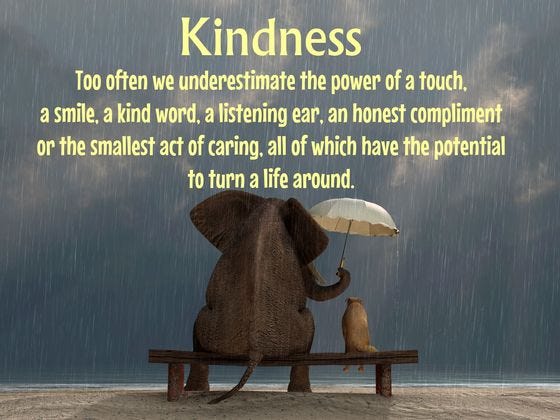

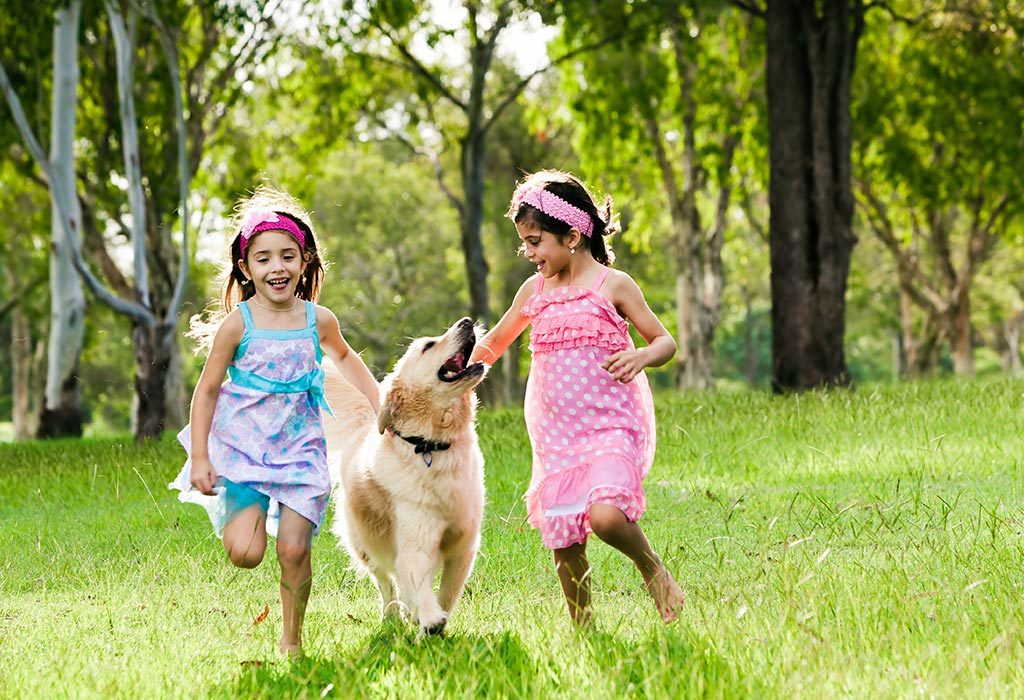
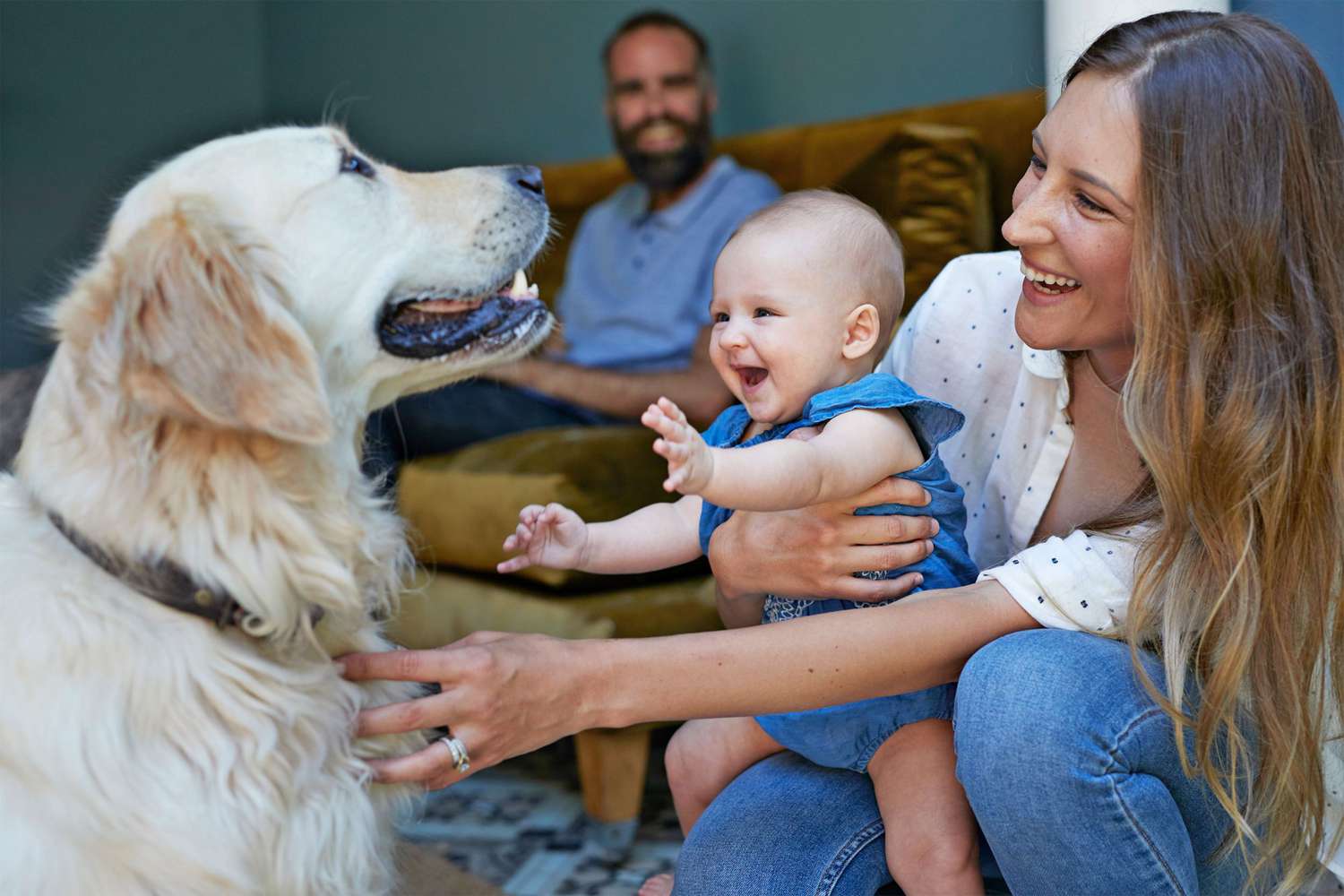
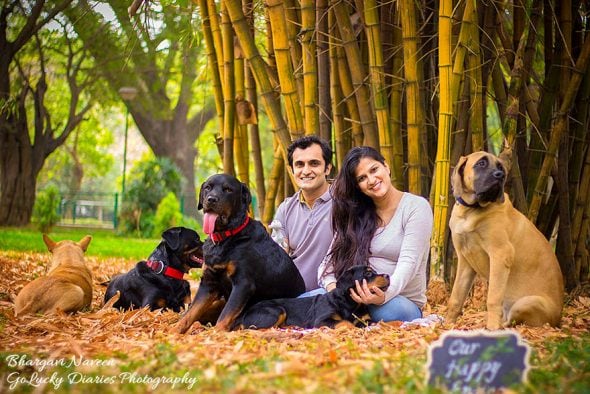
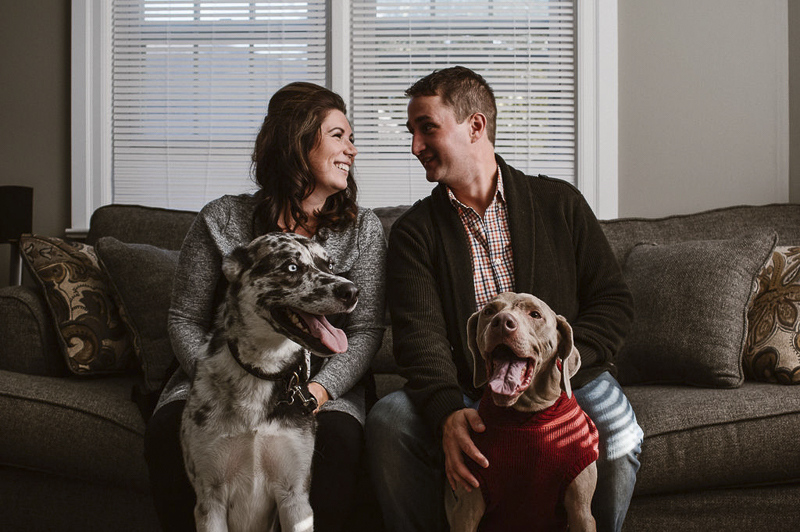



https://lostdogsofamerica.org/
The Lost Dogs of America website was created and is maintained by the two original founding members of the Lost Dogs network: Lost Dogs of Wisconsin and Lost Dogs Illinois. We are a FREE service to help you find your lost dog. We developed this website to share the articles, ideas and resources that we have gathered from our experience in the successful recovery of over 50,000 dogs. Check out our indepth articles in the right sidebar of this webpage for helpful advice to find your missing dog quickly and safely.